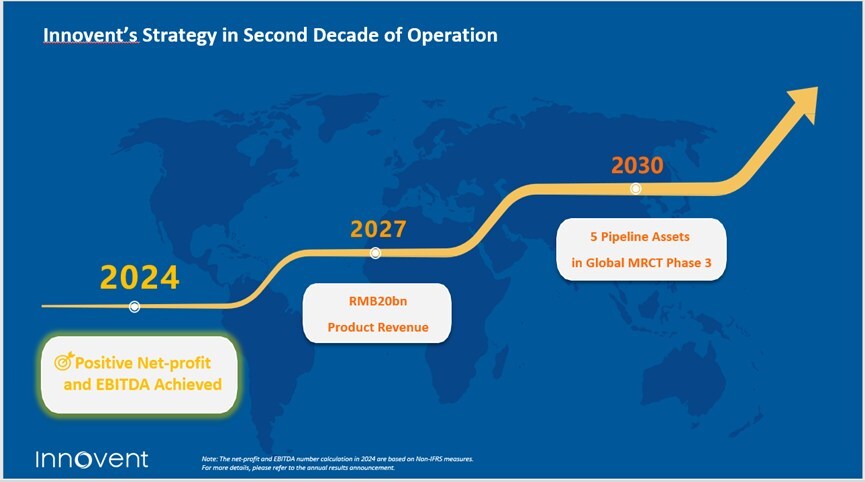Exodus from China: U.S. Firms Pivot to Southeast Asia in Unprecedented Investment Shift

In the dynamic landscape of global investment, Southeast Asia continues to shine as the most sought-after destination for redirected investments. The region's vibrant economies, strategic location, and promising growth potential have made it a magnet for investors seeking new opportunities. Hot on its heels, the Indian subcontinent emerges as the second most attractive investment hub, showcasing its own remarkable economic dynamism and potential for substantial returns.
The allure of Southeast Asian markets lies in their robust economic fundamentals, favorable business environments, and increasingly sophisticated infrastructure. Countries like Vietnam, Indonesia, and Thailand have been particularly successful in attracting redirected investments, offering a compelling mix of skilled workforce, competitive costs, and progressive economic policies.
Meanwhile, the Indian subcontinent is rapidly gaining ground, with its massive consumer market, technological innovation, and ongoing economic reforms creating an increasingly attractive investment landscape. Investors are drawn to the region's potential for high-growth sectors and its young, dynamic population.








